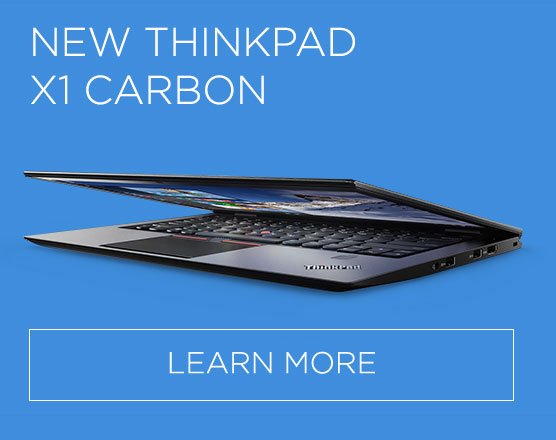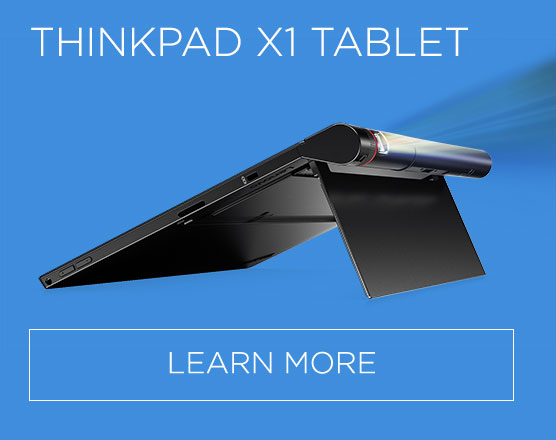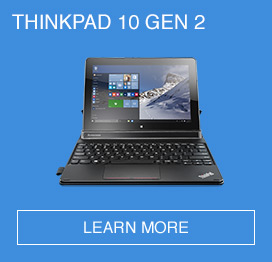Designing your marketing strategy around mobile device delivery reaches farther, faster and more effectively.
When the Internet first came along, consumers viewed websites and software on computer monitors. Gradually they shifted to laptops and, years later, to mobile devices. Since computer monitor displays came first, designers were forced to adapt existing websites to fit on smaller screens. Today, a customer is more likely to search and click through to your site using a smartphone or tablet than any other device. This doesn’t even take into account the growing number of people viewing websites on smart watches. For businesses to remain competitive, it’s important to shift thinking from PC or laptop first to mobile first.
WHAT IS MOBILE FIRST?
A mobile-first mentality extends well beyond a business’s website and social media pages. It relates to a marketing strategy that has traditionally involved adding mobile as an afterthought. Instead of asking, “What do we need to do for mobile?” after creating a plan, businesses must start with mobile in mind, developing social media, video, and other content marketing efforts with mobile in mind. For e-commerce providers, stores should be built to be used on a mobile device rather than a desktop computer. A mobile-first mentality is especially important for businesses interested in reaching millennial consumers. Younger generations are more likely to choose a mobile device over a desktop computer, primarily because those are the devices they been using most since they started working with computers.
REMAINING COMPETITIVE
One of the biggest reasons to adopt a mobile-first marketing strategy is visibility. Google recently announced that mobile search results will now detect pages that are mobile friendly and prioritize those over less responsive sites. This means businesses with content that isn’t optimized for mobile viewing may find themselves ranking lower than the competition, keeping consumers from finding them.
Mobile friendliness also shows that a business puts the demands of its customers first. When a visitor sees a mobile site that is easy to navigate and read, the business sends a message that it wants to make things easier for its customers. This includes putting crucial information such as hours of operation, location, and prices in an easy-to-find area of the site. By considering mobile users’ needs as you design each phase of any marketing, branding, or identity effort, you improve your opportunity to get the word out and ensure that customers engage with your content.
(This article first appeared http://shop.lenovo.com/us/en/landingpage/small-business/resources/download/mobile-first/)

















